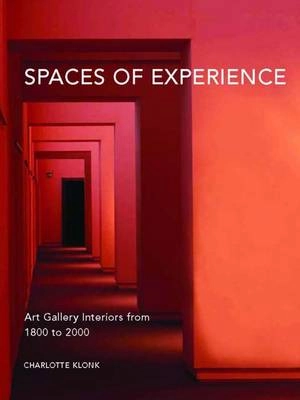

Spaces of experience : art gallery interiors from 1800 to 2000
- Utgiven: 2009
- ISBN: 9780300151961
- Sidor: 244 st
- Förlag: Yale University Press
- Format: Inbunden
- Språk: Engelska
Om boken
Åtkomstkoder och digitalt tilläggsmaterial garanteras inte med begagnade böcker
Mer om Spaces of experience : art gallery interiors from 1800 to 2000 (2009)
2009 släpptes boken Spaces of experience : art gallery interiors from 1800 to 2000 skriven av Charlotte Klonk. Den är skriven på engelska och består av 244 sidor. Förlaget bakom boken är Yale University Press.
Köp boken Spaces of experience : art gallery interiors from 1800 to 2000 på Studentapan och spara pengar.
Referera till Spaces of experience : art gallery interiors from 1800 to 2000
Harvard
Oxford
APA
Vancouver



















